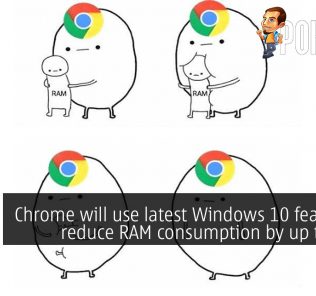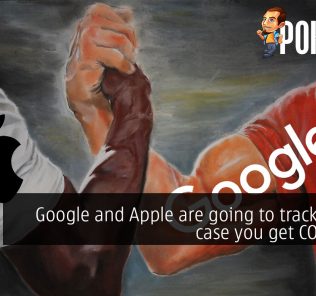Let’s Talk: Is Twitter API Getting Paywalled A Good Idea?
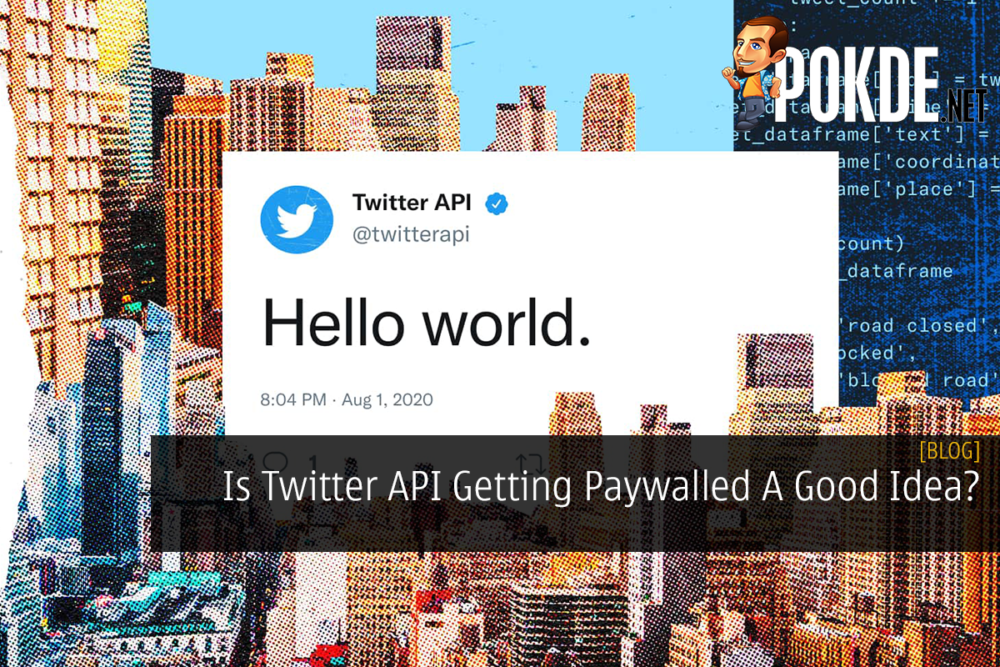
Let’s Talk: Is Twitter API Getting Paywalled A Good Idea?
If you’ve recently been on Twitter or have been paying attention to what’s happening on the platform since Elon Musk (CEO of Tesla and SpaceX) took over, you probably have a rough idea on what’s been happening in the last week. Twitter dropped a huge bombshell last week announcing its API will no longer be available for free – likely a business tactic that is seen by many as risky at best and destructing at worst. (You can read on the news here.)
The Rundown: Since Elon Bought Twitter
Ever since the takeover by Elon Musk in October last year, the social media company sees a huge change in its stance towards developers and the direction this company is navigating in general. First comes immediate sacking of its management personnel, including then-CEO Parag Agrawal; and the workforce has seen more than 2/3 of its personnel lost in a short two months – from 8,000+ down to 2,300 in January 2023. Among the lost manpower includes some of its content safety teams, responsible for monitoring illegal content; as well as PR team who answers questions from the media has since been vacant.
All of these drastic measures are the ways that the new CEO, Elon, is doing in hopes of covering the massive debts that he once claimed “will not survive the upcoming economic downturn”. The next step comes Twitter Blue – a VIP-like subscription service that allows its users to write more characters per tweet (4,000 vs 285), have a blue badge (which is a whole mess in itself when first introduced), prioritized tweets, less ads, among other things.
As It Stands: The Back-And-Forth
So now we come back to present day. Twitter announcing its API to be completely paid has, at the very least, riled up the sizeable community that is the developers who made bots that people use on the platform on the daily basis. What kind of bots, you may ask? Video downloader, weather reporting, reminder, even interactive bots, to name a few. By the time you read this post, it’s possible that many of the bot you once knew has already gone the way of dodo, unless they pay the $100/month cost of having basic API access, as Elon claimed.
Yeah, free API is being abused badly right now by bot scammers & opinion manipulators. There’s no verification process or cost, so easy to spin up 100k bots to do bad things.
Just ~$100/month for API access with ID verification will clean things up greatly.
— Elon Musk (@elonmusk) February 2, 2023
Of course, this rather unpopular decision has got many bot developers and users rather miffed, and that eventually made Elon backtracked on the decision somewhat. On his tweets:
Responding to feedback, Twitter will enable a light, write-only API for bots providing good content that is free
— Elon Musk (@elonmusk) February 5, 2023
Of course, I’m no lawyer, but what exactly defines ‘good content’? With Twitter as understaffed as it is right now it’s unlikely to be handpicked, and even if that’s the case, that’d bring questions as to whether bias may come into play in the process of selecting the so-called ‘good bots’. (Twitter further backtracks this decision yesterday by ‘re-enabling’ a new free tier with limited tweet quotas.)
The Fall Of Windows Phone: A Lesson In Developer Retention
Back in the late 2000s when smartphones were experience a huge boom in its presence against PCs, first it was Apple and its iOS that took a chunk of the market against the phones that now we call “dumb phones” – think the ones that comes with T9 keypad, or rather, Nokia phones for the most part. Then Google’s answer, Android, came in around 2008, and started gaining sizeable traction in around 2010 (and thus began the empire that is Samsung Galaxy) due to its open-source nature.
Microsoft at this point clearly knows they’re late to the game, despite Windows Phone already existed way back in the PDA days. In response, they bought Nokia and thus Lumia was born, and with it comes Windows Phone 7. The OS in itself was widely considered innovative and ahead of its time, even in retrospect today; but Microsoft’s €5.4 billion deal went bust and they eventually sold the mobile division to HMD Global – the company that makes modern-day Android Nokia smartphones.
Among the reasons why Windows Phone eventually failed, is software support. Operating systems and social medias functions similarly in some ways, they require users using them in order to be relevant. To do that, you first need to get outside developers onboard to build their stuff on top of your platform. Think of programs, bots, apps, what-have-you. A video from TechQuickie explains it:
The short answer is, many app developers at the time simply don’t bother developing their apps for Windows Phone as that takes time and sometimes, money, given the OS’s limited userbase. The modern principle in any kind of platform building is more or less the same: make it easy for developers to enhance your product. One such example, is Google Chrome and its extensions – part of the reason why Chrome enjoys such a dominant position in the web browsers market at the expense of Internet Explorer, and even Mozilla Firefox.
So now you get the idea: a move like this from Twitter will carry significant risks as it may cause mass developer exodus and thus make Twitter as a platform less enjoyable, if not downright harder to use. That can have implications such as user retention, and in turn, advertisement exposure (Twitter already lost 40% of the ad revenue since Elon’s takeover at this writing). This huge domino-plus-positive-feedback-loop effect might not be immediately visible, but by the time it does, it could be too late for the platform to save.
One thing’s for sure – Elon’s “move fast and break things” principle (term first coined by now-Meta CEO, Mark Zuckerberg) will continue to keep Twitter in the news loops.




















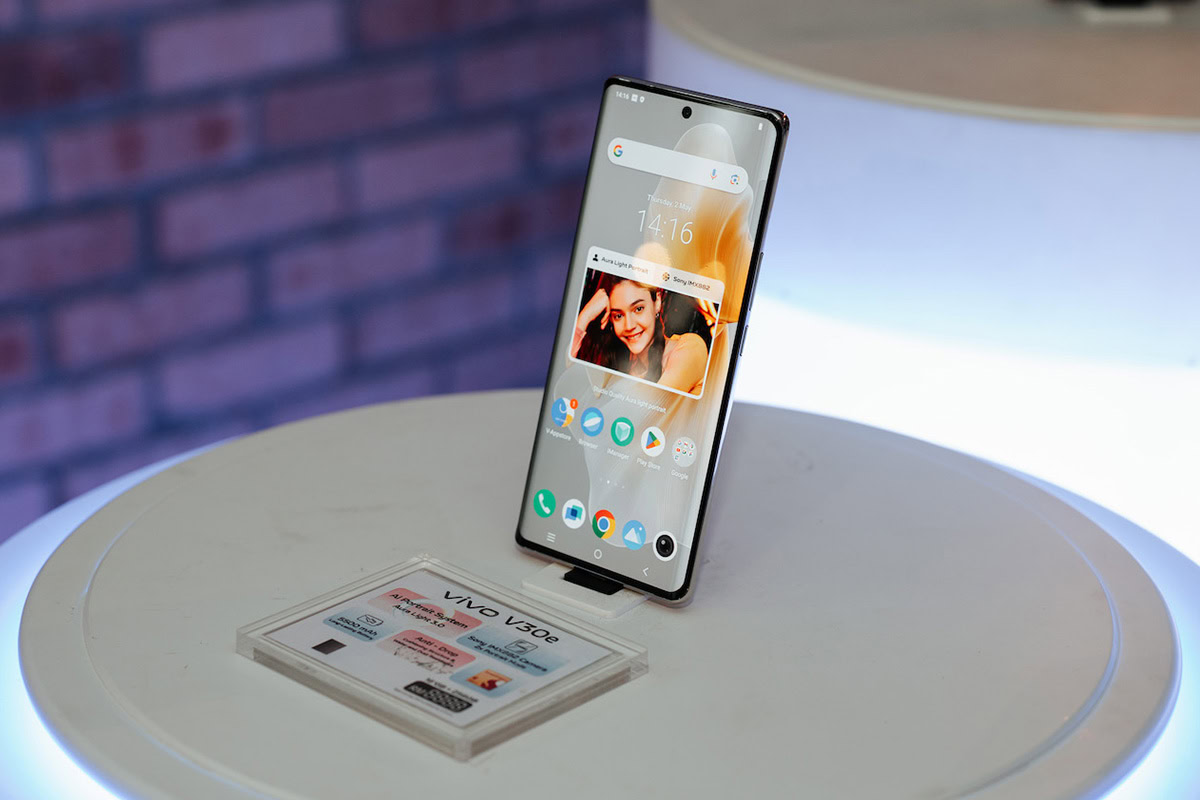
























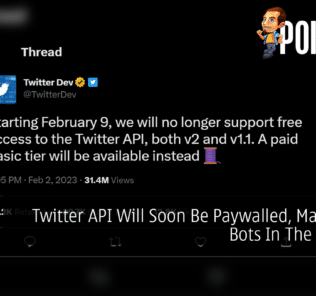

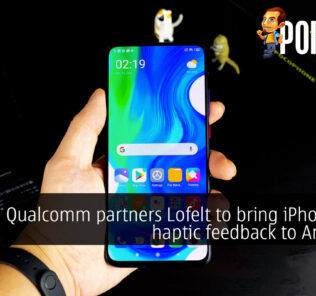
![[UPDATE] HUAWEI releases HMS Core 5.0 framework update global HUAWEI HMS Core 5.0 update cover](https://pokde.net/assets/uploads/2020/06/HUAWEI-HMS-Core-5.0-update-cover-316x296.jpg)
